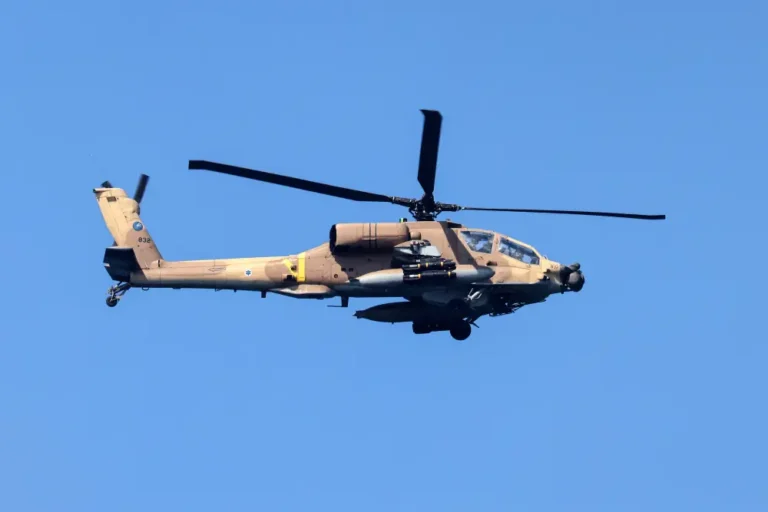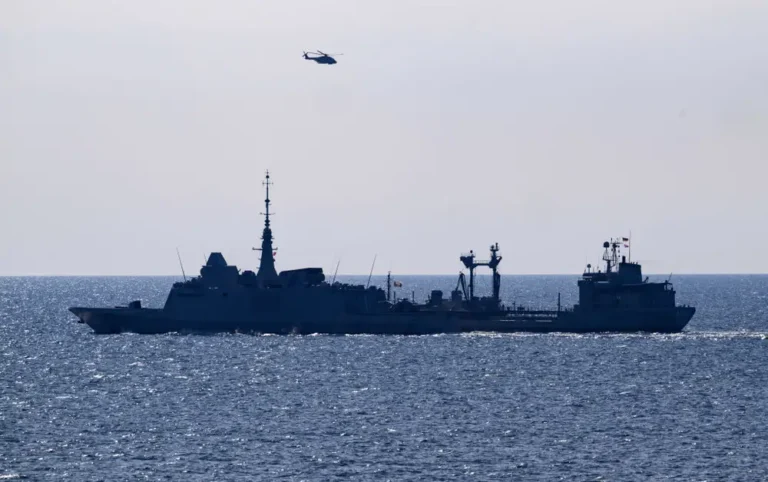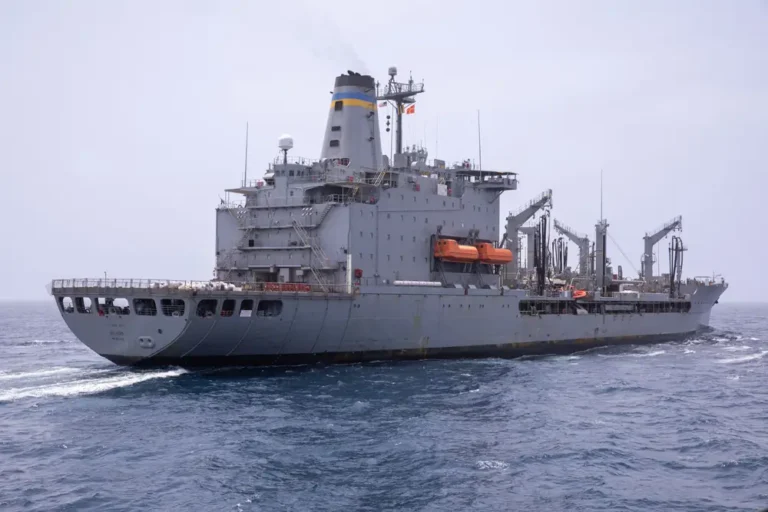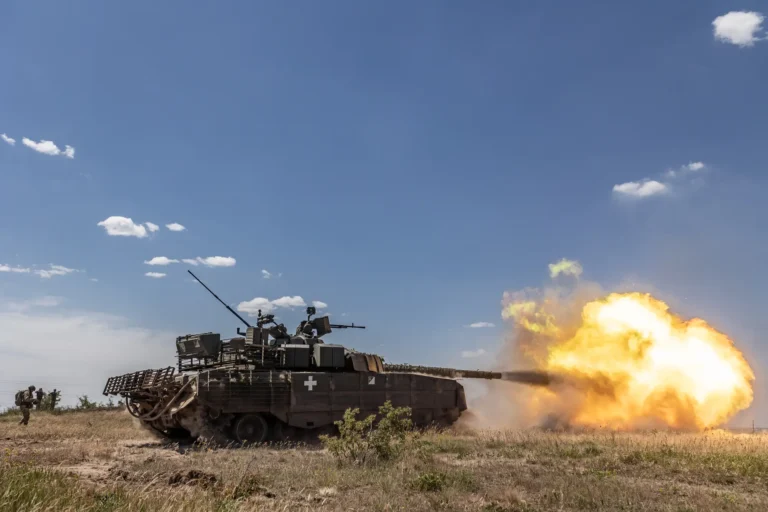What made this Russian fighter jet’s shockingly aggressive maneuvers near a US F-16 so dangerous
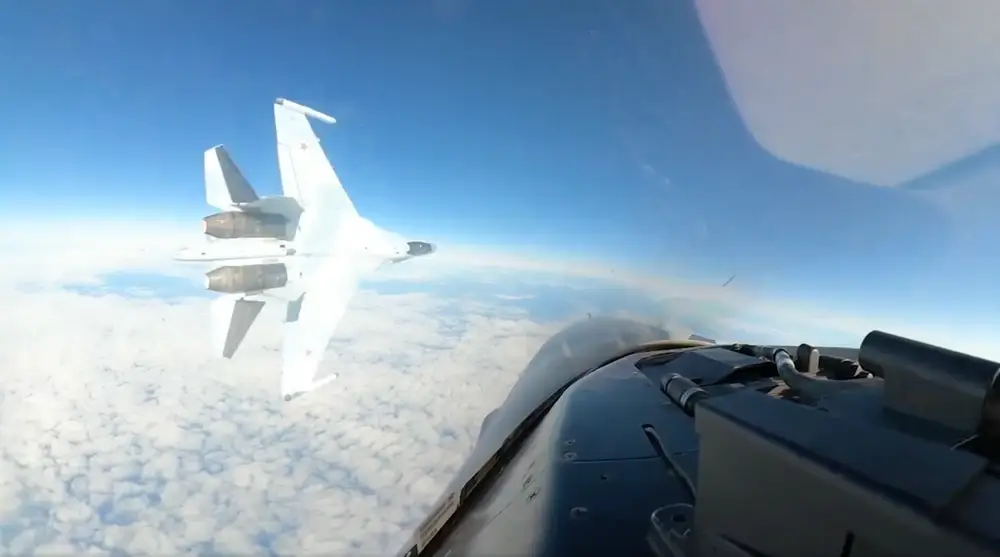
The Russian Su-35 made an “unsafe” and “unprofessional” maneuver near a US F-16 on September 23, NORAD said.
A Russian aircraft’s aggressive maneuvering around a US F-16 in the skies near Alaska late last month was condemned this week by a top US general as unsafe, unprofessional, and dangerous.
In video footage filmed from inside the cockpit of the American aircraft, the pilot can be heard saying what sounds like “holy fuck!” as a Russian Su-35 rips past at close range before cutting off the F-16 in a move known as ‘”headbutting” that can risk a midair collision and leave the jet on the receiving end to fly through turbulence.
The September 23 incident, which occurred during a normal intercept of a lumbering Russian military aircraft in the Alaskan air defense identification zone, can be seen in a video released Monday by North American Aerospace Defense Command.
“On Sept 23, 2024, NORAD aircraft flew a safe and disciplined intercept of Russian Military Aircraft in the Alaska ADIZ. The conduct of one Russian Su-35 was unsafe, unprofessional, and endangered all – not what you’d see in a professional air force.” – Gen. Gregory Guillot pic.twitter.com/gXZj3Ndkag
— North American Aerospace Defense Command (@NORADCommand) September 30, 2024
This incident marked the first time NORAD has experienced this sort of behavior since Russia resumed long-range flights in 2007.
In a post on X, Gen. Gregory Guillot, commander of NORAD and US Northern Command, said the conduct of the “Russian Su-35 was unsafe, unprofessional, and endangered all — not what you’d see in a professional air force.”
The Su-35’s behavior risked turning a routine intercept into a catastrophe, former US military pilots said. The aircraft came within 50 feet of one another at high speeds.
“It’s reckless behavior that can lead to a collision, which, between aircraft, can be catastrophic,” Vincent Aiello, a former US naval aviator who flew F/A-18s and F-16s during his military career and now the host of The Fighter Pilot podcast, told B-17.

Intercepts, when conducted safely and professionally, are common.
Intercepts are common practices for militaries around the world, and most are normal. US Navy P-8A Poseidon maritime patrol and reconnaissance aircraft crews, for example, previously told B-17 that they expect to be intercepted because it is a routine way for countries to observe and keep tabs on foreign militaries operating nearby.
But there are procedures. Aircrews involved have expectations for how these are supposed to play out.
Mike Torrealday, a retired US Air Force colonel who flew combat missions in the Middle East in the F-16, told B-17 that interceptor pilots typically want to arrive “probably within a mile or so and lined up with the intercepted platform’s line of flight” so that they can identify the aircraft and keep it within visual range as they close.
The intercepting aircraft are expected to maintain a safe distance to avoid a collision, and there are also rules that aircraft being intercepted are generally expected to follow.
US forces train to carry out “lawful” intercepts, per US military documents on air intercepts, “and to do so safely and professionally in accordance with international law, norms, and standards.” Rules on aircraft behavior in international airspaces, create “an understood behavior so that we mitigate the risk” of problems.
What the Su-35 pilot did was nothing of the sort. In the video, the Russian jet races past the F-16, flying in front of the US aircraft, seemingly shocking the pilot. It’s possible they may not have realized the Su-35 was making such a close pass or intended such an aggressive maneuver. Had the F-16 suddenly shifted to the left, it could’ve resulted in a collision.

A Chinese fighter jet conducting “a coercive and risky” intercept of a US aircraft over the South China Sea.
Other former pilots were also critical of Russia’s behavior during this encounter, including one who has flown intercepts.
Last year, the Pentagon reported that there had been over 180 coercive or risky intercepts by Chinese aircraft since fall 2021, more in just two years than the entire previous decade. Russian military aircraft have also been involved in risky incidents, including a string of unprofessional intercepts of US Navy P-8As by Su-35s a few years ago and multiple incidents in Syria, among other places.

A Chinese fighter jet conducting “a coercive and risky” intercept of a US aircraft over the South China Sea.
The US emphasizes the rules in air-to-air encounters specifically to avoid an “unintended incident resulting from a dangerous air intercept” that “could spark an international crisis,” according to the US military.
September’s incident, had it gone sideways, could’ve raised the risk of escalation. There was a real risk of a collision or possibly even something worse. Had the F-16 pilot viewed the Su-35’s behavior as overly aggressive or threatening, there’s the danger of an escalatory reaction at a time when relations between the US and Russia are tremendously strained over the ongoing war in Ukraine. A number of things could have gone wrong.
There’s precedent for such a crisis, such as the Hainan Island incident between the US and China in 2001, during which an unsafe interception of a US Navy EP-3E Aries II signals intelligence aircraft damaged the American plane, forcing it to land in China, and left the Chinese J-8 aircraft destroyed and its pilot dead.


